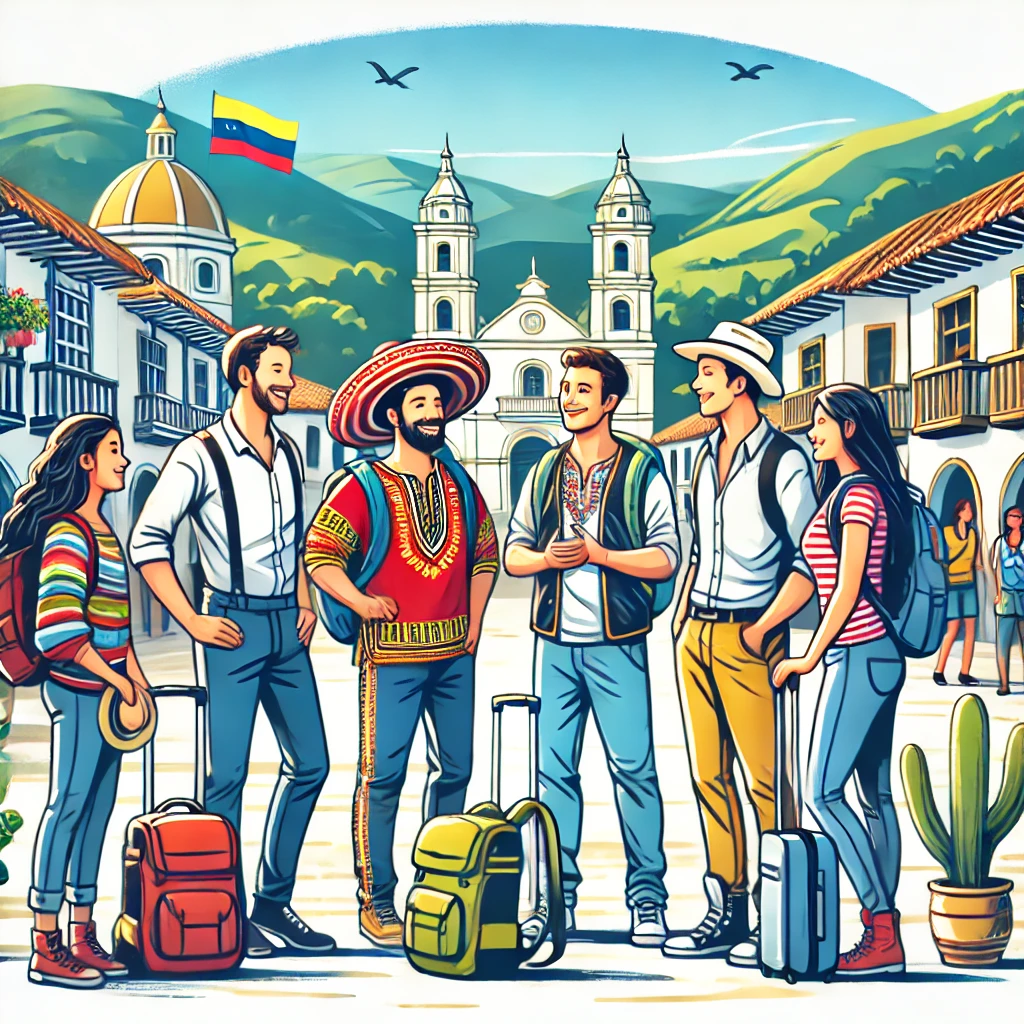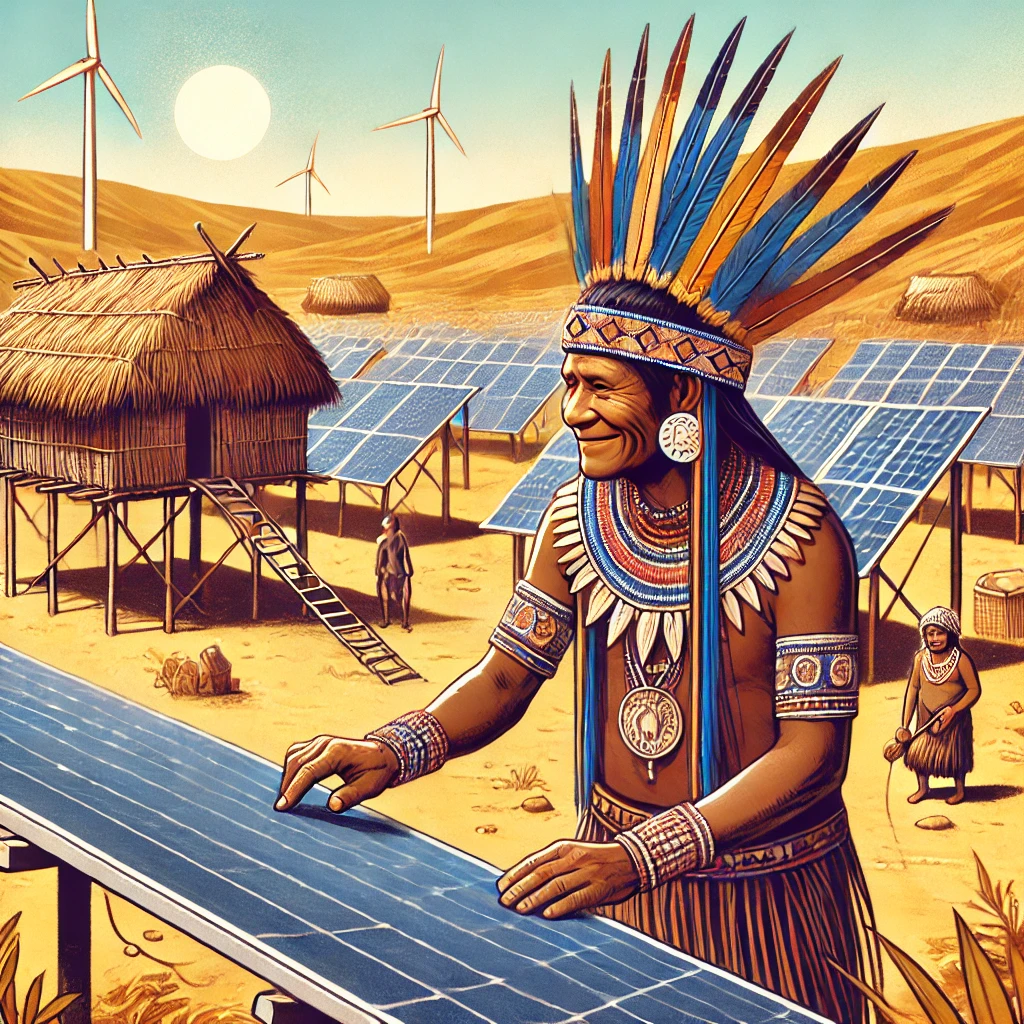Colombia’s Economic Boom: Tourism and Agriculture Fuel 5.52% Growth
COLOMBIAN NEWS – JULY 2024
________________________________________________________________________________________
This month, the Colombian economy surprised with growth figures between April 2023 and 2024. The economy grew by 5.5% thanks to the focus on Agriculture, Tourism, and Clean Energy driven by the government, which is now completing its second year in power.
The growth in agriculture has been remarkable, exceeding 10%, while tourism has generated foreign exchange comparable to that of the coal industry, the second-largest foreign exchange earner in the country. Additionally, tourism allows for better income distribution among residents compared to multinational coal companies.
3 Key Factors to Understand the Context of Colombia
1. Social Investment
Life First: In a country accustomed to violence, talking about “life first” might not make much sense. However, current efforts are focused on making Colombia a country where the lives of others are respected.
Education: The number of slots for professional education has increased significantly. Today, there are over 800,000 new slots to make Colombians competitive in a constantly changing world.
Zero Hunger: Since the beginning of the current government, extreme hunger levels have drastically decreased. Previously, funds intended for food for the most needy were stolen by corrupt politicians. Today, one of the main goals is to improve child nutrition so that children can grow adequately and contribute to the country’s development.




2. Reading the Global Trends
The world has changed a lot in recent years, with a focus on fourth industrial revolution technologies and a preference for clean energy. Colombia, with its natural resources, has much to offer. Connectivity is essential to generate more inclusion, and although there are still challenges to achieve quality coverage, there are opportunities in projects like Riverside, a pioneer in rural fibre optic networks.
The Colombian government is also a pioneer in establishing decarbonisation and seeking strategic allies for green hydrogen production.
3. Armed Conflict
Compliance with the peace agreement: The civil war, driven by drug trafficking, has been one of the main reasons why many people avoided visiting Colombia. After the peace agreement with the FARC in 2016, a process of compliance with land restitution (up to 7,000,000 hectares) was supposed to begin. This process has been slow, but today thousands of hectares are being delivered weekly, generating hope for change and inclusion.
Military strategy against armed groups: By not adequately addressing the social problem, many ex-combatants have returned to organised crime. Currently, a military offensive is underway against drug trafficking leaders, reducing coca leaf production and pursuing mafia bosses.
Presence of institutions in conflict zones: The government is present in conflict areas, not only dismantling cocaine laboratories and capturing leaders but also assisting residents.

Near Future
One of the most frustrating issues in Colombia is public infrastructure. Although it has advanced in connecting different regions with business centers like Medellín and Bogotá, there is still much to improve. Currently, there are three key infrastructure projects in development with high potential for the Jericó region.
1. Viaducts from Medellín to Jamaica (25 minutes from Jericó): This road will reduce travel times and enable trade for over 10 million inhabitants. It is expected to be completed in January 2025. It is also connected to the Coffee Triangle and the time to travel to Manizales has been deducted to 3 hours in average
2. Antioquia Sea Route: This route will connect Medellín with the Caribbean Sea, reducing travel time to 4.5 hours from Medellín and 5 hours from Jericó. The project is expected to be completed in the second quarter of 2025.
3. Urabá Ports: These ports will increase Colombia’s export capacity from 1% to 10%. Located 5 hours from Jericó, they are expected to be operational in the second quarter of 2025.
COMMUNITY
SOCIETY
PEOPLE
NATION

Investing in society is not only fair but also the most coherent if we believe in ethical capitalism. In a country with more than 50 million inhabitants, less than 10% live at the level of the middle class in developed countries. Helping the other 90% access basic resources will allow them to consume and offer products and services, thus boosting the economy.
Colombia is a wonderful country full of wealth. If we can overcome the challenges of armed conflict and corruption by ensuring access to basic resources for all, we can focus on the social and economic development of the country.

